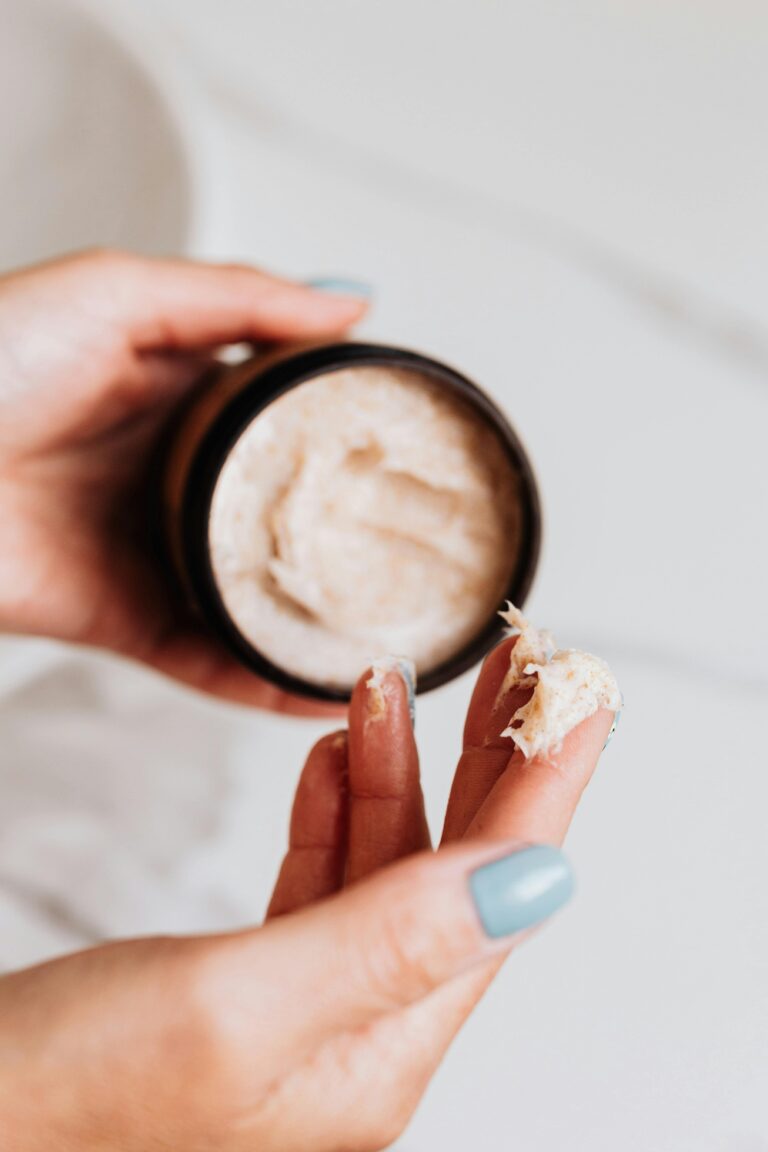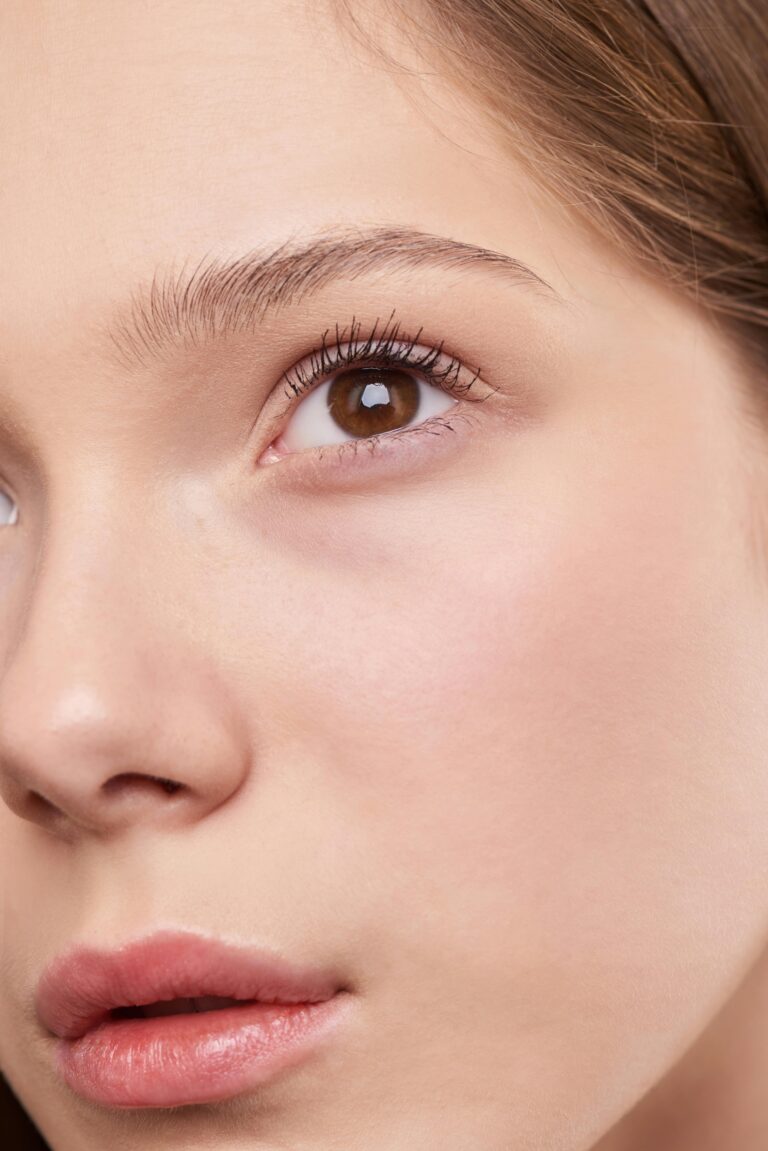How To Treat Oily Skin: Simple Tips for a Fresh Complexion
Does your face feel like it’s in a constant battle with shine, no matter how many times you blot or powder? You’re not alone. Oily skin can be frustrating—makeup slides off, pores look larger, and that midday grease? Ugh, don’t even get started. It’s like your skin has a mind of its own, and it’s determined to keep you glowing… but not the kind you were hoping for.
The good news? Managing oily skin doesn’t have to feel like a never-ending struggle. With the right tips and tricks, you can take control, balance that excess oil, and finally enjoy a fresh, healthy-looking complexion.
Understanding Oily Skin
Oily skin can sometimes feel like an endless battle, but understanding its root causes and recognizing its signs can help you start taking control. It’s all about knowing what’s happening beneath the surface.
Causes Of Oily Skin
Your skin’s natural oils (sebum) are produced by sebaceous glands to keep it hydrated and protected. But, sometimes these glands can get a little overactive:
- Hormones: Fluctuations in hormones (like during puberty, pregnancy, or your menstrual cycle) often cause increased sebum production.
- Genetics: If oily skin runs in your family, it’s likely that your skin is genetically predisposed to produce more oil.
- Climate: Hot, humid weather can make your skin produce even more oil.
- Skincare Products: Using products not suited for your skin type—like heavy, pore-clogging creams—can contribute to an oily complexion.
- Overwashing: Stripping your skin’s natural oils by overwashing can lead to overcompensation, meaning your skin produces even more oil.
Common Signs And Symptoms
With oily skin, you’ll likely notice:
- Shiny Finish: Your face may often look shiny or greasy, especially in areas like your T-zone (forehead, nose, and chin).
- Large Pores: Oily skin tends to have more visible and enlarged pores.
- Frequent Breakouts: Excess oil can mix with dirt and dead skin, leading to clogged pores and acne.
- Makeup Slipping Off: Your foundation or concealer may not last as long, as excess oil can break it down.
Identifying these signs helps you choose products and practices that’ll truly work for your skin, managing oil production without over-drying.
Daily Skincare Routine For Oily Skin
Creating the right daily skincare routine can help keep excess oil in check while supporting a balanced, healthy complexion. By using the right products and techniques, you can control shine and maintain fresh-looking skin throughout the day.
Cleansing Tips
Start and end your day with a gentle cleanser designed for oily skin. Look for gel or foam cleansers with ingredients like salicylic acid or tea tree oil, which help break down excess oil and unclog pores. Avoid harsh cleansers that strip natural oils, as they can trigger even more sebum production.
Massaging your cleanser into your skin gently for about 30–60 seconds ensures it has time to lift dirt, makeup, and oil effectively. Use lukewarm water to rinse, as hot water can irritate and dry out your skin.
Choosing The Right Toner
A toner can be your best friend for managing oily skin. Choose an alcohol-free toner with ingredients like witch hazel, niacinamide, or green tea extract to balance oil production without drying your skin. It can also shrink the appearance of pores and prep your skin for the next steps in your routine.
After cleansing, saturate a cotton pad with toner or apply it directly with your hands by patting it onto your skin. Focus on areas prone to excess oil, such as the T-zone.
Importance Of Moisturizing
Yes, oily skin needs hydration too. Skipping moisturizer can signal your skin to produce more oil, making the problem worse. Opt for lightweight, non-comedogenic moisturizers with a gel or water-based formula. Look for ingredients like hyaluronic acid or glycerin for hydration without heaviness.
Effective Treatments For Oily Skin
Finding the right treatments for oily skin can feel overwhelming. With so many options, it’s important to know what works best without making your skin feel stripped or irritated. Below are some tried-and-true solutions to help you keep excess oil in check.
Over-The-Counter Products
Using the correct skincare products can make a big difference when managing oily skin. Look for these essentials:
- Cleansers: A gel-based or foam cleanser with salicylic acid, glycolic acid, or benzoyl peroxide helps clean out pores and reduce oiliness. Products like CeraVe Foaming Facial Cleanser or Neutrogena Oil-Free Acne Wash are great options.
- Toners: An alcohol-free toner containing witch hazel or niacinamide can balance oil production, calm redness, and refine large pores. Pixi Glow Tonic and Thayers Witch Hazel Toner work well.
- Exfoliants: A gentle chemical exfoliant with AHAs or BHAs, such as Paula’s Choice Skin Perfecting 2% BHA Liquid or The Ordinary Glycolic Acid 7% Toning Solution, removes dead skin cells and prevents clogged pores.
- Moisturizers: Lightweight, non-comedogenic moisturizers like Neutrogena Hydro Boost Gel-Cream or La Roche-Posay Effaclar Mat offer hydration without adding shine.
Focus on products with “non-comedogenic” or “oil-free” labels to avoid clogging pores.
Natural Remedies
If you prefer a more natural approach, try these at-home remedies to manage and soothe oily skin:
- Clay Masks: Bentonite or kaolin clay masks gently absorb oil and detoxify the skin. Use these once a week for a fresh, matte look.
- Aloe Vera Gel: Aloe vera calms inflammation and moisturizes without making your skin greasy. Apply a thin layer as a lightweight overnight treatment.
- Green Tea: Apply cooled green tea as a toner or choose products containing green tea extract for its antioxidant and oil-reducing properties.
- Honey: A natural antibacterial, honey can help with breakouts while hydrating your skin. Use it as a quick 10-minute mask.
Test any DIY remedy on a small patch of skin to avoid irritation.
Professional Treatments
For stubborn oiliness or recurring issues, consider professional help:
- Chemical Peels: Treatments with glycolic or salicylic acid exfoliate deeply, reducing oil production and brightening your complexion.
- Microdermabrasion: This procedure removes dead skin and unclogs pores, leaving your skin smooth and ready to absorb products.
- Laser Therapy: Treatments like laser resurfacing can target the sebaceous glands, reducing oil production long-term.
- Facials for Oily Skin: Professional facials with ingredients like charcoal or salicylic acid control shine and clarify pores.
Discuss these options with a licensed dermatologist or esthetician to find what fits your skin’s needs.
Lifestyle Tips To Manage Oily Skin
Managing oily skin goes beyond skincare products. Small changes in your daily habits can make a big difference in controlling excess oil and keeping your skin looking fresh.
Diet Recommendations
What you eat directly affects your skin. For oily skin, focusing on a balanced diet with fresh, whole foods can help. Include:
- Healthy Fats: Avocados, nuts, and seeds provide essential fatty acids that can balance oil production.
- Antioxidant-Rich Foods: Fruits like berries and vegetables such as spinach and kale combat inflammation that might trigger oiliness.
- Zinc-Rich Foods: Pumpkin seeds, chickpeas, and lean meats support skin health and may regulate sebum production.
- Low-Glycemic Options: Swap refined carbs with whole grains like quinoa and brown rice to reduce breakouts.
Limit greasy, processed, and sugary foods, as they can contribute to excess shine and clogged pores.
Hydration And Its Role
Staying hydrated keeps your skin balanced. Drinking plenty of water (aim for 8-10 cups daily) helps maintain your skin’s moisture levels, preventing it from overcompensating with more oil.
Add hydrating foods such as cucumbers, watermelon, and oranges to your meals. Herbal teas like green tea are also fantastic, as they contain antioxidants that benefit oily skin.
Managing Stress Levels
Stress can increase cortisol, which may ramp up oil production. Building stress-reducing habits into your routine can keep this under control.
- Exercise Regularly: Activities like yoga, walking, or dancing release endorphins that reduce stress.
- Practice Mindfulness: Meditation or simple breathing exercises calm your mind and body.
- Prioritize Sleep: Lack of sleep can worsen stress, so aim for 7-8 hours per night for balanced skin.
These adjustments can create a ripple effect, supporting all the work your skincare routine does to control oil.
Mistakes To Avoid With Oily Skin
If managing oily skin feels frustrating, avoiding these common mistakes can make a big difference in how your skin behaves.
1. Overwashing Your Face
It’s tempting to wash your face multiple times a day to remove that greasy feeling, but overwashing strips your skin of its natural oils. This can kick oil production into overdrive to compensate. Stick to cleansing twice daily—morning and evening—with a gentle, oil-controlling cleanser.
2. Skipping Moisturizer
Thinking oily skin doesn’t need moisturizer? That’s a big myth! Avoiding moisturizer can make your skin dehydrated, which leads to even more sebum production. Use a lightweight, non-comedogenic moisturizer designed for oily skin to keep hydration levels balanced without feeling greasy.
3. Using Harsh Products
Using strong alcohol-based toners, scrubs, or abrasive exfoliants may damage your skin barrier. This can lead to redness and even more breakouts. Opt for gentle, skin-soothing ingredients like witch hazel, niacinamide, or salicylic acid.
4. Overapplying Powder
Applying too much powder to mattify your skin can clog pores and make your makeup look cakey. Instead of over-powdering, use blotting papers or a setting spray with oil-control properties for touch-ups throughout the day.
5. Neglecting Sun Protection
Skipping sunscreen because it feels heavy on oily skin is a mistake. UV damage increases inflammation and worsens oiliness. Look for oil-free, matte-finish sunscreens that won’t clog your pores but still protect your skin.
6. Ignoring Your Diet
Ignoring how your diet affects your skin can lead to more breakouts. A diet high in greasy, processed, or sugary foods can exacerbate oil production. Focus on nutrient-rich foods like leafy greens, avocados, and berries to support healthy skin from the inside out.
7. Not Removing Makeup Properly
Sleeping with makeup on clogs pores and triggers excessive oil while worsening acne. Always double-cleanse in the evening, starting with a micellar water or oil-based cleanser and following up with a gel cleanser.
By avoiding these mistakes, you can create a skincare routine that works with your oily skin rather than against it.
Conclusion
You’ve got everything you need to take control of your oily skin and embrace a fresh, balanced complexion. With the right products, a consistent routine, and a few lifestyle tweaks, you can tackle excess shine and feel confident in your skin every day.
Remember, it’s all about working with your skin, not against it. Stay patient, stay consistent, and don’t be afraid to experiment with what works best for you. Your journey to healthier, glowing skin starts now—get ready to shine in all the right ways!






